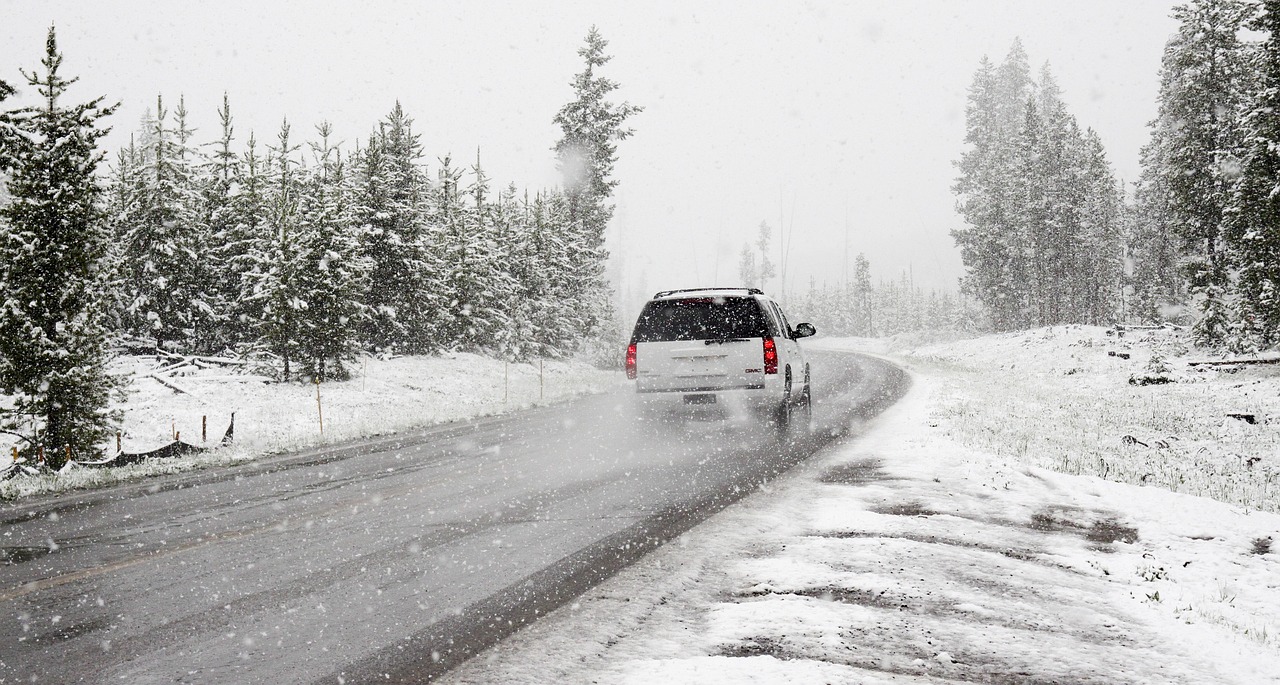If you’re going to own a campervan and use it to drive from site to site then it pays to understand how it works and how you can get the best from it. This way, you’ll limit the likelihood of a problem developing, and you’ll give yourself the skills you need to address those problems as they occur. If you’re learning about campervan maintenance at the point that the problem develops, then you could be in for additional stress, especially when it happens to be pouring with rain!
Preventive maintenance
The most effective kind of maintenance is preventative. It’s much easier to stop a problem from occurring than it is to fix it after the fact.
Essential preventative maintenance includes changing the oil and other fluids, checking the lights, and checking the tyres. You should also perform a few special checks before you head out for a trip.
Make sure that tyres are inflated and that the tread depth is higher than 3mm (the legal limit is 1.6mm).
Check the oil levels, and top up if necessary. Do the same with the coolant (whilst the engine is cold), and the screen wash reserve.
Your battery can easily be drained during prolonged periods of inactivity. You’ll want to therefore take the time to charge it before you set out.
You should have a supply of spare bulbs onboard. Check the lights before you set out, particularly if you’re going to be driving at night time.
Tools and supplies
There are a few tools that every campervan should carry. By having a well-stocked toolbox, you’ll give yourself the ability to handle a wide range of problems that can potentially occur. Your toolbox should include:
- A combination wrench
- A hacksaw
- Allen keys
- Spark plugs
- Rachets and sockets
- A breaker bar
- Pliers – stub nose and needle-nose
- A multimeter
The right campervan insurance also makes a sensible investment.
Common Campervan Issues
A majority of campervan breakdowns stem from a minority of problems.
The engine won’t start
Dodgy wiring, a dead battery, or a bad spark plug could be the culprit here. Check that everything is connected before swapping the plugs. Check the battery with your multimeter. Spray the heads with WD40.
The tyres are flat
If your tyres are flat, then it could be that they have developed a slow leak. Jack up the campervan, remove the tyre, and submerge it. If bubbles appear, then you have a leak.
Rust
If you’re looking after a classic campervan, then rust problems can be disastrous. Check the chassis regularly, along with the body. The space underneath the wheel arches is notorious for rust.
Safety Precautions
Before you begin work on your campervan, there are a few steps you’ll want to take.
The first is to have a fire extinguisher to hand. It can save lives if a fire should break out. This applies whether or not you’re working on the actual van at the time.
If you’re working at roadside, then having a triangular reflective warning sign is essential. This will let oncoming traffic know to slow down.
Finally, we should mention the role played by common sense. If something feels wrong, then it could be that you’re doing something reckless. Trust the instinct, take a step back, and double-check everything before you do what you’re planning on doing.





